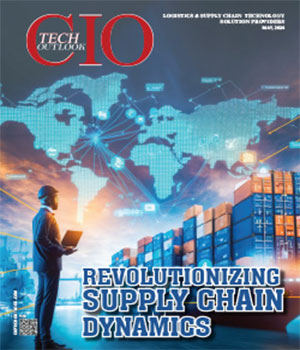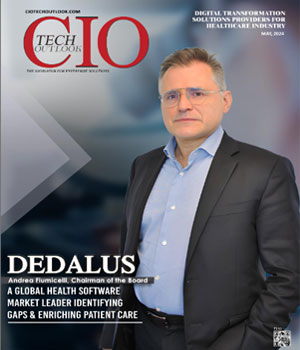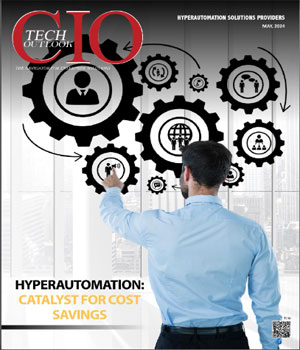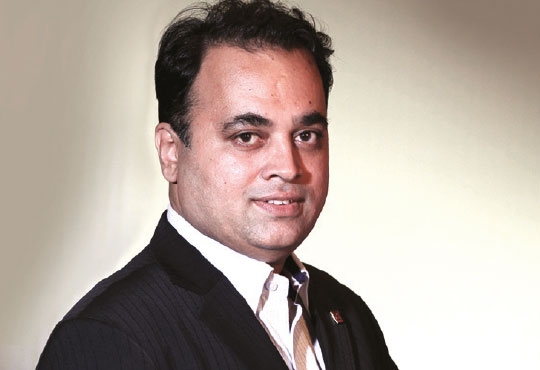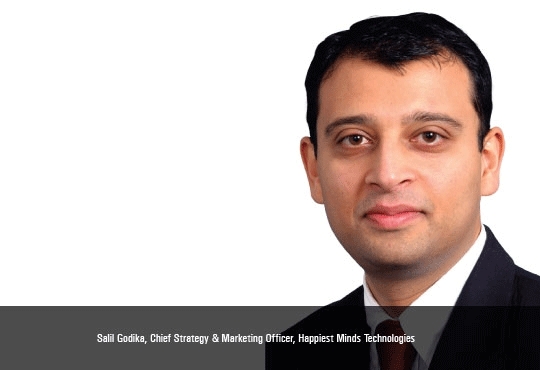
CIOTechOutlook >> Magazine >> August - 2016 issue
IoT- Bridging the Gap between Virtual and Physical World
By
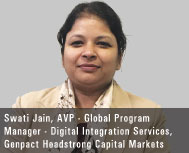 The Internet of Things represents a vision in which the Internet extends into the real world embracing everyday objects. Physical items are no longer disconnected from the virtual world, but can be controlled remotely and can act as physical access points to Internet services. An Internet of Things makes computing truly ubiquitous. This development is opening up huge opportunities for both the economy
The Internet of Things represents a vision in which the Internet extends into the real world embracing everyday objects. Physical items are no longer disconnected from the virtual world, but can be controlled remotely and can act as physical access points to Internet services. An Internet of Things makes computing truly ubiquitous. This development is opening up huge opportunities for both the economy and individuals.
The Internet of Things vision is grounded in the belief that the steady advances in microelectronics, communications and information technology we have witnessed in recent years will continue into the foreseeable future. In fact, due to their diminishing size, constantly falling price and declining energy consumption– processors, communications modules and other electronic components are being increasingly integrated into everyday objects today.
IoT has evolved from the convergence of wireless technologies, micro-electromechanical systems (MEMS), micro-services and the Internet. The convergence has helped tear down the silo walls between operational technologies (OT) and information technology (IT), allowing unstructured machine-generated data to be analyzed for insights that will drive improvements. “Smart” objects play a key role in the Internet of Things vision, since embedded communication and information technology would have the potential to revolutionize the utility of these objects. Using sensors, they are able to perceive their context, and via built-in networking capabilities they would be able to communicate with each other, access Internet services and interact with people. “Digitally upgrading” conventional object in this way enhances their physical function by adding the capabilities of digital objects, thus generating substantial added value. Forerunners of this development are already apparent today – more and more devices such as sewing machines, exercise bikes, electric toothbrushes, washing machines, electricity meters and photocopiers are being “computerized” and equipped with network interfaces.
In other application domains, Internet connectivity of everyday objects can be used to remotely determine their state so that information systems can collect up-to-date information on physical objects and processes. This enables many aspects of the real world to be “observed” at a previously unattained level of detail and at negligible cost. This would not only allow for a better understanding of the underlying processes, but also for more efficient control and management. The ability to react to events in the physical world in an automatic, rapid and informed manner not only opens up new opportunities for dealing with complex or critical situations, but also enables a wide variety of business processes to be optimized. The real-time interpretation of data from the physical world will most likely lead to the introduction of various novel business services and may deliver substantial economic and social benefits.
The Internet of Things is not the result of a single novel technology; instead, several complementary technical developments provide capabilities that taken together help to bridge the gap between the virtual and physical world. These capabilities include:
- Communication and cooperation
- Addressability
- Identification
- Sensing
- Actuation
- Embedded information processing
- Localization
- User interfaces
Technological challenges
While the possible applications and scenarios outlined above may be very interesting, the demands placed on the underlying technology are substantial. Progressing from the Internet of computers to the remote and somewhat fuzzy goal of an Internet of Things is something that must therefore be done one step at a time. In addition to the expectation that the technology must be available at a low cost if a large number of objects are actually to be equipped, we are also faced with many other challenges, such as:
- Scalability
- Arrive and operate
- Interoperability
- Discovery
- Software complexity
- Data volumes
- Data interpretation
- Security and personal privacy
- Fault tolerance
- Power supply
- Interaction and short-range communications
- Wireless communications
CXO Insights
When the Internet of Things meets Analytics
By Salil Godika, Chief Strategy & Marketing Officer, Happiest Minds Technologies
Corporate Bond Markets Finally Taking Off
By Jayen Shah, Executive Vice President & Head - Debt Capital Markets, IDFC BANK
Business Strategy and Beyond: A Perspective

